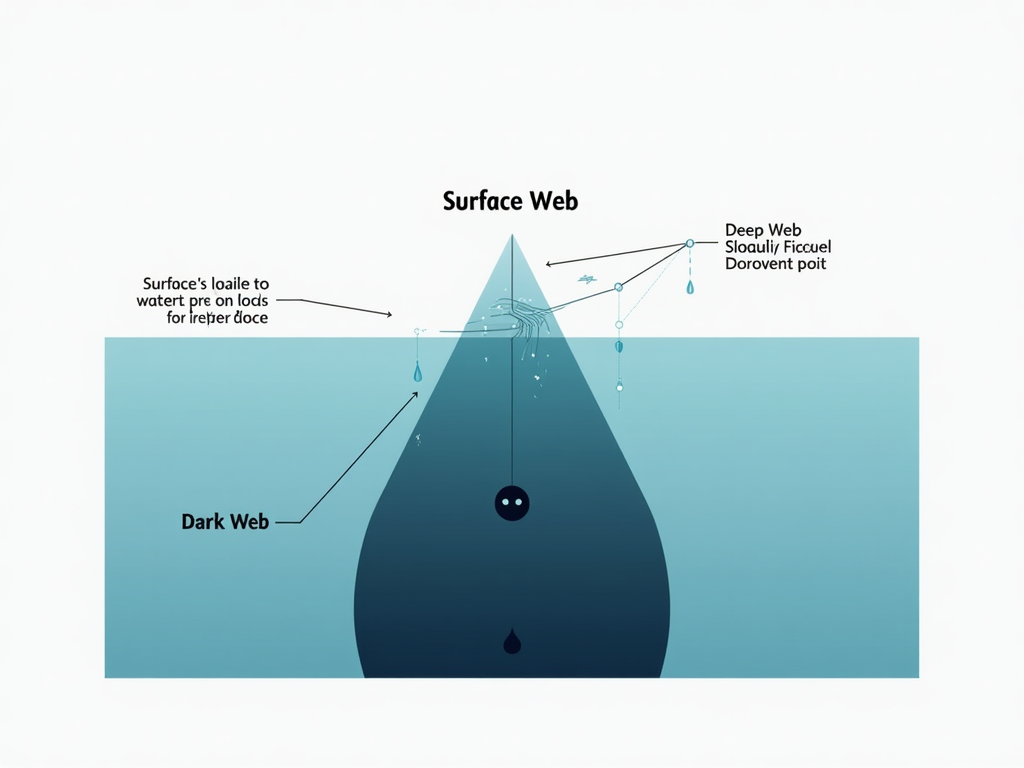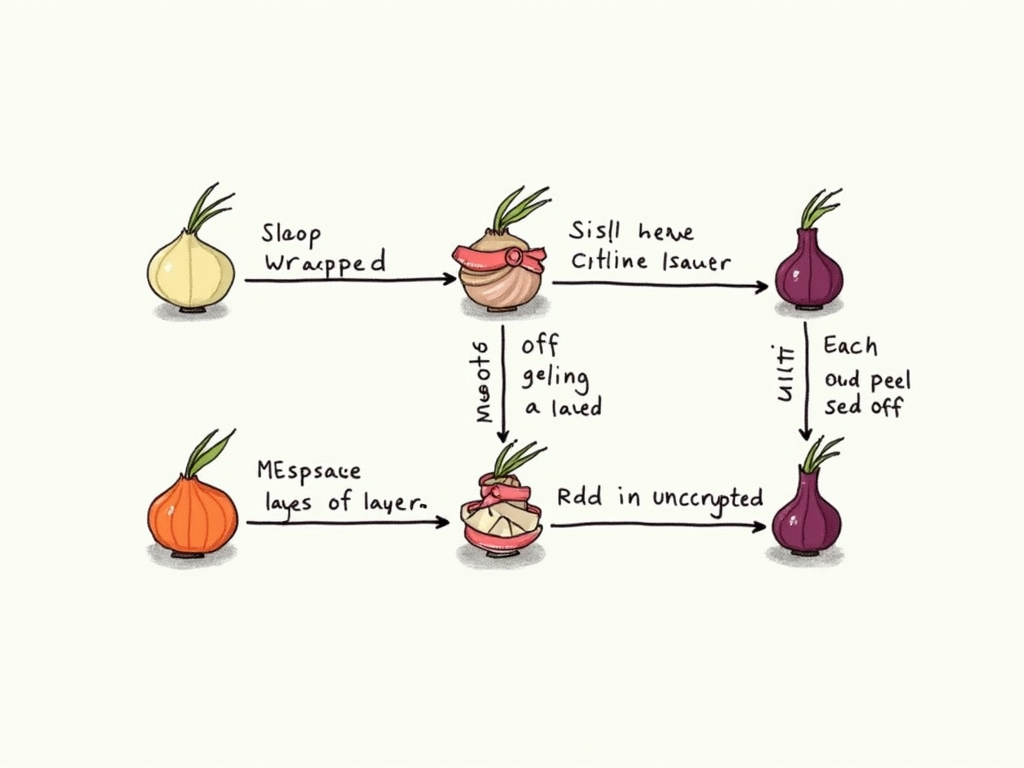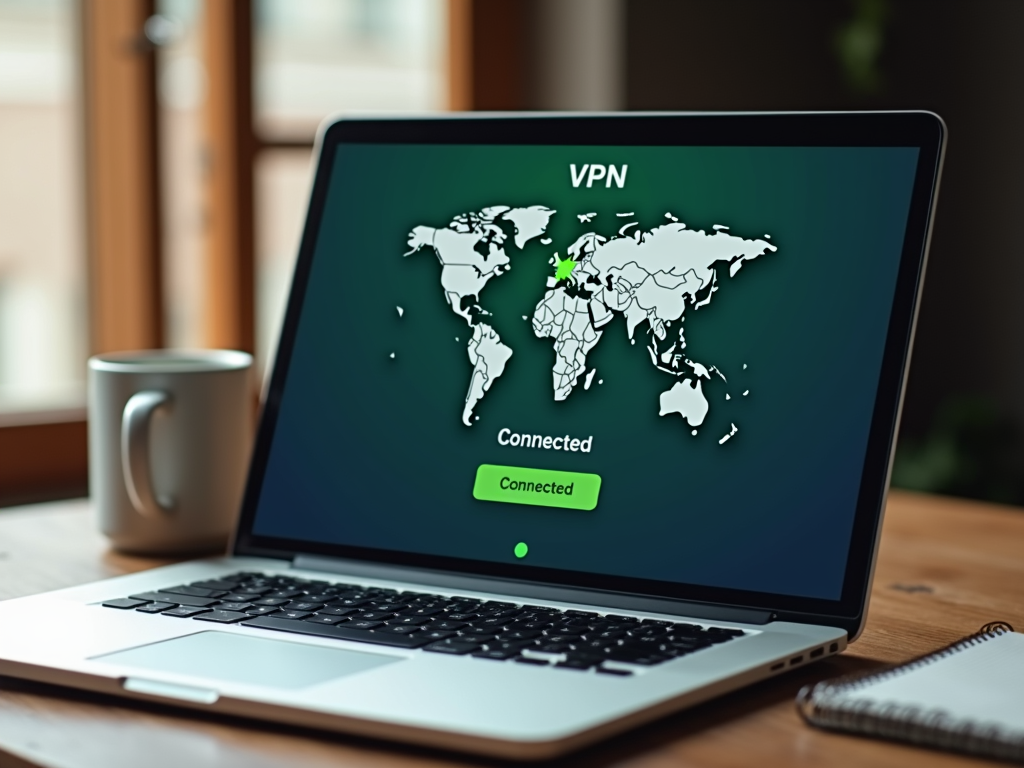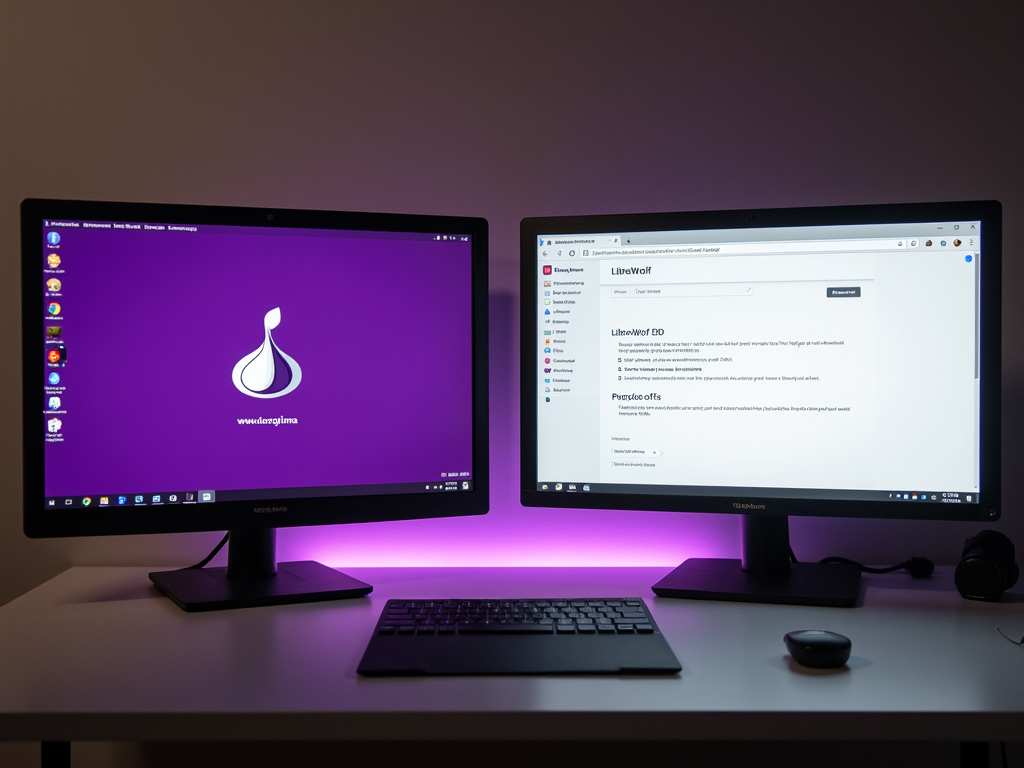Understanding the Dark Web: A Beginner's Guide
The Dark Web sounds mysterious, and it often is. It’s a hidden part of the internet that you can’t find with Google. This guide, Understanding the Dark Web: A Beginner’s Guide, explains what it is, how it works, and how to stay safe—all in simple terms.
Introduction to the Dark Web
Most of us use the internet every day—think Google, YouTube, or your favorite news site. That’s the Surface Web, the part everyone sees. But there’s more. The Deep Web holds things like private work files or subscription pages that search engines skip. Then, there’s the Dark Web, a tiny, hidden corner of the Deep Web. You need special tools, like the Tor browser, to get in. I’ve always been curious about it, so I explored it myself to see what’s really there.

How the Dark Web Works
The Dark Web keeps you hidden. It uses something called onion routing, which bounces your connection through different computers worldwide. I tried it once, and it felt like my internet was taking the scenic route! This makes it tough for anyone to track you. Plus, people often use Bitcoin there because it’s hard to trace, too. It’s all about staying private.
What’s Onion Routing?
Picture this: you send a message in a box, locked with three keys. Each stop along the way unlocks one key and passes it on, not knowing where it started or where it’s going. That’s onion routing. It’s slow, but it works. The Tor network uses this to keep your identity safe.

Risks and Safety Measures
The Dark Web has a reputation. Yes, you can find illegal stuff there—drugs, weapons, even hacking tools. I’ve seen warnings about scams, too, like fake websites trying to steal your info. But it’s not all bad. You just need to be smart about it. I learned the hard way that clicking random links is a bad idea—my antivirus caught something nasty once.
How to Stay Safe
Here’s what I do to stay secure:
- Get a VPN: It hides your location before you even connect to Tor.
- Update Everything: Old software is an easy target—keep it fresh.
- Skip Sketchy Links: If it looks off, don’t click it.
- Use Antivirus: It’s your safety net against malware.

Tools for Accessing the Dark Web
To get on the Dark Web, you need the right tools. The Tor browser is the go-to—it’s built for this. But I’ve also checked out the LibreWolf browser, one of those online privacy tools people talk about. Both have their strengths. Let’s break it down.
Tor vs. LibreWolf
| Feature | Tor Browser | LibreWolf Browser |
|---|---|---|
| Purpose | Dark Web access, anonymity | General privacy, ad-blocking |
| Speed | Slower (routing) | Faster (no routing) |
| Ease of Use | Simple setup, specific focus | More options, broader use |
Tor is king for the Dark Web, but Review of LibreWolf browser: Is it better than Tor?—not quite. LibreWolf shines for everyday privacy, though you can tweak it for darker corners with extra steps.

Common Misconceptions
People get the Dark Web wrong all the time. I used to think it was just for criminals, too. But it’s not that simple. It’s also a lifeline for people who need to stay hidden—like journalists or activists. I read about a reporter using it to share news safely from a dangerous place. That stuck with me.
Myth 1: It’s All Illegal
Sure, shady stuff happens. But it’s also a tool for good. Think of it like a knife—useful or harmful depending on who’s holding it. Privacy matters, especially for those in tough spots.
Myth 2: You’ll Get in Trouble Just for Looking
Nope. Going on the Dark Web isn’t illegal in most places. It’s what you do there that counts. I checked it out to learn, not to break laws, and that’s fine. Know your country’s rules, though.

Conclusion
The Dark Web isn’t as scary as it seems once you understand it. It’s a tool—risky, sure, but manageable with care. I’ve explored it, taken precautions, and learned a lot. Whether you’re after online privacy or just curious, use the right tools and stay sharp. Want to dig deeper? Check out the recommended readings below.